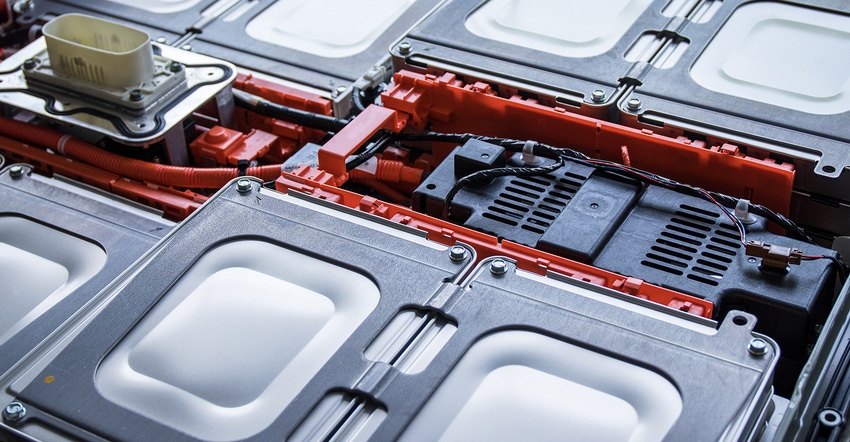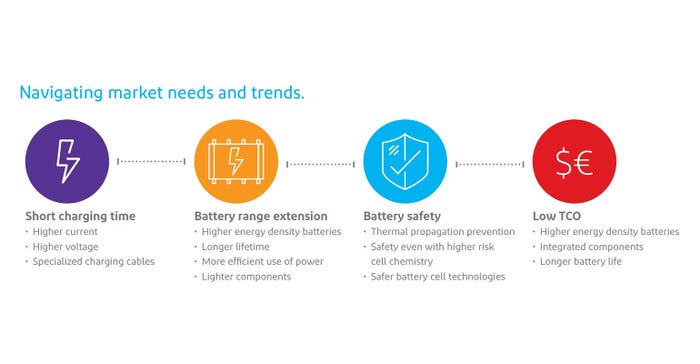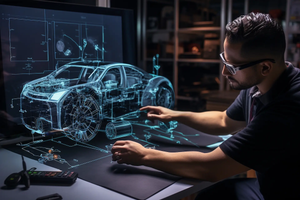Facing EV Battery Challenges with a Material-Based Mindset
DuPont engineers outline factors affecting EV battery development—and offer solutions.
September 28, 2022

Gabe Knee and Yun ‘Katie’ Ling, DuPont Mobility & Materials
From the beginnings of the automotive industry, automakers and their suppliers have continually faced a host of challenges, and this decade is no different. There’s an urgent need to address multiple issues: increased consumer demand for EVs, CO2 emission reductions, and continued urbanization.
We are seeing consumers and policymakers call for more sustainable cars that do not compromise performance or safety. As for demand? This year, an Ernst and Young survey of developed nations indicated that 41% of those intending to buy a new vehicle in the year ahead would choose a BEV (battery electric vehicle), HEV (hybrid electric vehicle), or PHEV (plug-in hybrid electric vehicle).
Automotive engineers and material suppliers are continuously developing EVs, taking them from concept to reality. There are some hard truths involved in engineering mobility for the future. Cars must be reliable, lower weight, and have flawless operation while still managing to dazzle buyers with style and form. And that’s just the start.
Below is a quick review of the challenges EV battery development presents from market and consumer perspectives.
Market Factors
Electric vehicles face several common challenges from a market perspective. Many of these revolve around batteries, including:
Cost: Batteries are the highest cost component in any type of EV – hybrid (HEV), battery (BEV), or plug-in hybrid (PHEV). This fact is the main reason EVs are still not price comparable to ICEs (internal combustion engines).
Power and charging: Inherent performance factors such as energy density, capacity, runtime, and others ultimately determine how far any electrically powered vehicle can travel on a single charge. Consumers have exhibited so-called “range anxiety” given the small number of charging stations available outside the home.
Safety: Li-ion batteries have the highest energy density and thus, the longest range. But they are temperature sensitive and prone to thermal runaway if overcharged or cooled insufficiently, so managing temperature is crucial.
Ability to withstand environmental conditions: Battery lifetime and range are affected by weather conditions such as rain, snow, road salt, heat, and road debris. Vehicle design and battery management systems play their parts in warding off these effects.
Component-Level Solutions
So how can you address these and other issues that arise during battery development? Below are a few ways to approach problem-solving at the component level by employing a materials mindset.
Connectors (high-voltage, low-voltage, fluid) need varying performance capabilities, a few of which are high CTI; color and dimensional stability; resistance to flame, heat, hydrolysis, and electrolytic corrosion; and for fluid connectors, glycol resistance. Best options for these components include specialized formulations of PBT (polybutylene terephthalate), PA66 (polyamide 66), and PPA (polyphthalamide).
Thermal management systems contain cooling lines, cooling plates, insulated bus bars, cell holders, module end plates, and more depending on the battery cell type and cooling method. Components in these areas must provide many or all of the same properties as connectors with the addition of thermal conductivity and structural strength.
Beyond the materials appropriate for connectors, thermal management component options also include AEM (ethlylene acrylic elastomer), a specialty thermoplastic elastomer commonly used in hoses and sealing, built to withstand harsh environments, corrosive fluids, and extreme temperatures.
Additional information and guidance is available in DuPont’s full e-book, which can be downloaded here. To contact DuPont Mobility & Materials, please click here.
You May Also Like



